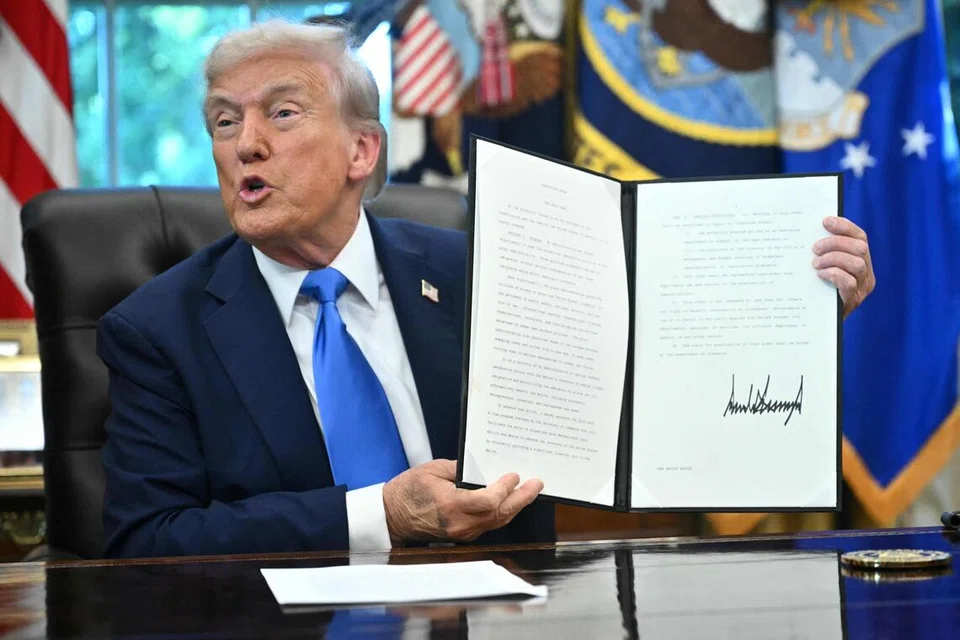Student Paridhi Upadhaya was packing her bags after securing a computer science scholarship in the United States until headlines of President Donald Trump’s H-1B visa crackdown last week prompted her family in Lucknow, India, to scrap the plan.
“Trump’s unending onslaught against immigrants is forcing us to consider other destinations for her,” the 18-year-old’s father, Mr Rudar Pratap said.
Ms Upadhaya is among thousands of Indians for whom the American dream of world-class education, lucrative careers, better quality of life, and social mobility, is turning sour due to rising US visa restrictions and policy unpredictability.
For decades, the H-1B visa has been the gateway to a new life: a chance for young engineers and scientists from India, China, and other countries to turn years of study into high-paying jobs and the possibility of permanent residency.
But last week, Mr Trump said new H-1B visa applications would cost US$100,000 (S$130,000), up from the roughly US$2,000 to US$5,000 employers were paying to sponsor workers.
While supporters credit H-1B visa with bringing in vital talent, Mr Trump argues it suppresses wages and sidelines qualified American workers, making it one of the country’s most divisive immigration policies.
Some of the high-profile Indians who used the programme include Microsoft CEO Satya Nadella, IBM CEO Arvind Krishna, and Google parent Alphabet CEO Sundar Pichai, all of whom arrived in the US as students.
India was by far the largest beneficiary of H-1B visas in 2024, accounting for 71 per cent of approved beneficiaries, while China was a distant second at 11.7 per cent, US government data showed.
The H-1B visa, typically issued for three years and renewable for another three, has enabled US tech firms to hire millions of skilled foreign workers to fill talent gaps.
But young Indians are now rethinking their plans to pursue higher studies and careers in the US and scoping other immigrant-friendly destinations.
“Many students and parents are now in ‘wait and watch’ mode, weighing options like the UK, Australia, Ireland, and New Zealand,” said Mr Piyush Kumar, regional director at IDP Education, a global leader in international education services.
Reuters

